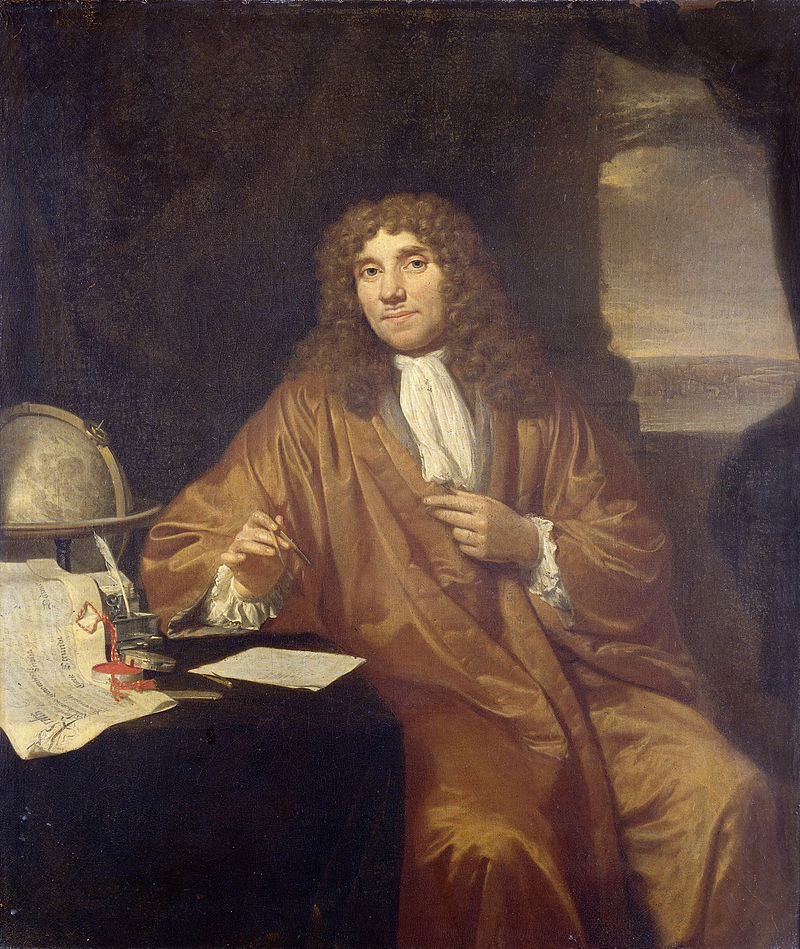Gout historical perspective
Editor-In-Chief: C. Michael Gibson, M.S., M.D. [1] Associate Editor(s)-in-Chief: Shivam Singla, M.D.[2]
Overview
- Gout was first described by Egyptians in 2640 BC.
- Hippocrates described podagra in 5th century BC as an unwalkable disease.
- Galen described the monosodium urate crystal deposition following long-standing hyperuricemia as Tophi. He described gout as a discharge of the four humors of the body is unbalanced amounts into the joints.
- The word Gout was first used in 1200s AD by Dominican monk Randolphus of Bocking and was derived from the Latin word 'Gutta'.
- Aulus Cornelius Celsus discovered many symptoms of gout.
Historical Perspective

Gout was first identified by Egyptians around 2640 BC[1]. This is one of the most studied diseases do far with more than millions[2] of people still suffering from the disease until today. Out of them, the males are affected the most. The scientist has a lot to offer regarding this chronic and debilitating disease. Although it was first recognized by Egyptians the first clinical description of the disease came from Hippocrates ( 460-370)[3]. After a century later there is another scientist named Cappadocian gave a proposal that the gout disease is caused by the toxin in the blood. Which later on given the name of Uric acid in further studies.
Naming the disease
The first person to name the disease was "Randolph of Bocking" in the early 1200s[1]. The term is usually derived from the Latin word gutta or drop. Till day the variation of terms is seen in different languages all over the world. In English "gout", In French " goutte" and in the Italian language it means " gotta" and in German named as "gicht"
Understanding the disease
In the seventeenth century the scientist "Thomas Sydenham" was the first person to study the aspects of Gout disease in terms of Acute or chronic aspects. He also helps in explaining and differentiating gout from the other diseases related to different forms of arthritis.
The tophi that are uric acid crystal deposits those were fist identified, studied, and described these as tiny needle-like particles under the microscope by the famous scientist "Anton Von Leeuwenhoek".
This was later identified as urate crystals by a Swedish scientist named "Carl Scheele".
Advance Work-up
The next remarkable contribution to the study of gout was made by Alfred Baring Garrod. He conducted some great experiments and eye-opening research where he demonstrated the relation between high levels of uric acid in the bloodstream and the development of gout.
Search for to control the disease
Different treatment and management theories are studied and implemented to manage the Gout over years but the Early treatment options that came from Hippocrates included minimal water and counterirritation that is basically scorching the veins near the joint affected. Bloodletting is also one of the ancient techniques used at that time.
Introducing the colchicine
Although colchicine was used in ancient times for more than 2000 years it was first used for the treatment of Gout Alexander of Tralles in around 600 AD. Then due to any reason, this was out of use for hundreds of years before re-discovering it for use by an Australian physician Baron Anton de Stock in 1700. The most noticeable user for the colchicine was Benjamin Franklin. Till today the colchicine therapy is used to prevent gout flares and played a huge role in the management of patients with Gout.
References
- ↑ 1.0 1.1 Nuki G, Simkin PA (2006). "A concise history of gout and hyperuricemia and their treatment". Arthritis Res. Ther. 8 Suppl 1: S1. doi:10.1186/ar1906. PMC 3226106. PMID 16820040.
- ↑ Zhu Y, Pandya BJ, Choi HK (October 2011). "Prevalence of gout and hyperuricemia in the US general population: the National Health and Nutrition Examination Survey 2007-2008". Arthritis Rheum. 63 (10): 3136–41. doi:10.1002/art.30520. PMID 21800283.
- ↑ Bursill D, Taylor WJ, Terkeltaub R, Kuwabara M, Merriman TR, Grainger R, Pineda C, Louthrenoo W, Edwards NL, Andrés M, Vargas-Santos AB, Roddy E, Pascart T, Lin CT, Perez-Ruiz F, Tedeschi SK, Kim SC, Harrold LR, McCarthy G, Kumar N, Chapman PT, Tausche AK, Vazquez-Mellado J, Gutierrez M, da Rocha Castelar-Pinheiro G, Richette P, Pascual E, Fisher MC, Burgos-Vargas R, Robinson PC, Singh JA, Jansen TL, Saag KG, Slot O, Uhlig T, Solomon DH, Keenan RT, Scire CA, Biernat-Kaluza E, Dehlin M, Nuki G, Schlesinger N, Janssen M, Stamp LK, Sivera F, Reginato AM, Jacobsson L, Lioté F, Ea HK, Rosenthal A, Bardin T, Choi HK, Hershfield MS, Czegley C, Choi SJ, Dalbeth N (March 2019). "Gout, Hyperuricemia, and Crystal-Associated Disease Network Consensus Statement Regarding Labels and Definitions for Disease Elements in Gout". Arthritis Care Res (Hoboken). 71 (3): 427–434. doi:10.1002/acr.23607. PMC 6252290. PMID 29799677.